Not simply mechanical changes on the administrative map, the scientific and careful arrangement has brought hope for new space and development opportunities.
Hong Ha - the future of the Red River urban area
For generations, the Red River has been the source of life, a witness to the ups and downs of Thang Long - Hanoi's history. The alluvial land along the river, with its own unique topography and landscape, has great development potential but also many challenges in management. The fragmentation of administrative boundaries and overlapping management between inner-city districts have somewhat hindered synchronous development, causing inadequacies in infrastructure, social order and people's lives.
Now, implementing the revolution of streamlining the apparatus and arranging administrative units, organizing a 2-level government apparatus, Hanoi has boldly carried out a bold "restructuring" of the administrative space.
Hong Ha Ward, a completely new but very meaningful ward name, was formed including the entire area and population of the wards: Chuong Duong, Phuc Tan (Hoan Kiem district); Phuc Xa (Ba Dinh district); part of the area and population of the wards: Nhat Tan, Tu Lien, Yen Phu (Tay Ho district); Bach Dang, Thanh Luong (Hai Ba Trung district); Phu Thuong, Quang An (Tay Ho district); Ngoc Thuy, Bo De (Long Bien district). The ward has an area of 16.61 km² and a population of 126,000 people.
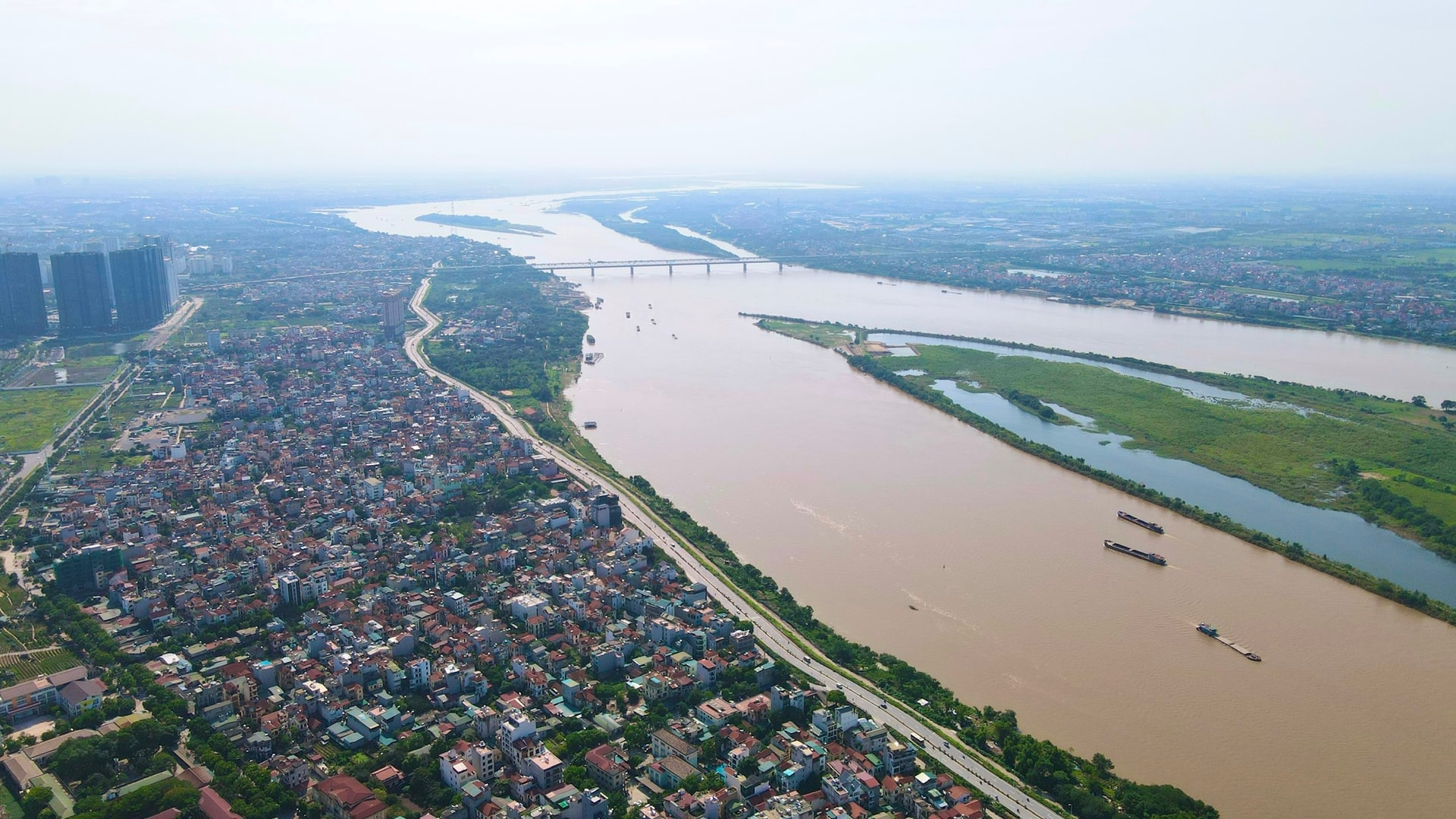
The consolidation of residential areas and natural areas along the Red River axis into Hong Ha ward is a vivid demonstration of breakthrough planning thinking, placing natural geographical factors and vital traffic axes as the foundation for development. The Red River is no longer a dividing boundary, but becomes a connecting red thread, the center of a new, dynamic and potential urban space.
This is not the first time Hanoi has arranged its administrative space to serve its development goals. Throughout its history, Thang Long - Hanoi has changed its boundaries, merged and separated many times to suit each historical period. However, this time, we are witnessing a qualitative step forward, when the arrangement does not stop at "collecting" or "dividing", but also aims to create a new development space, based on the available advantages in terms of geography and planning.
The establishment of Hong Ha ward, with its significant area and population, not only solves the shortcomings in administrative management, but also opens up a promising development space. The area outside the Red River dike, which has a lot of room for development in urban areas, services, tourism and culture, will now be managed in a unified manner, creating favorable conditions for investment in synchronous infrastructure construction, urban embellishment, and improving the quality of life for the people.
Imagine a not-too-distant future, when Hong Ha ward becomes a modern, dynamic urban area, with harmonious architectural works along the historic river, with convenient traffic routes, with cool green spaces, and civilized public utilities. This place is not only a place to settle down for tens of thousands of people, but also an attractive cultural and tourist destination, contributing to enriching the appearance of the capital.
Comply with principles, promote creativity
With 526 wards, communes and towns in 30 districts, towns and cities, Hanoi is the locality with the second largest number of commune-level administrative units in the country, after Thanh Hoa province. This reality shows to some extent the difficulty in the arrangement; because the requirement set by the Central Government is not simply to reduce the number of existing units by about 60-70%, but through the arrangement, the highest goal is to build a streamlined, effective, efficient, close-to-the-people, proactive commune-level government to serve better; at the same time, opening up new development space.
Realizing the urgency of the problem, right from the time of developing the Project and considering each specific arrangement option, the City Party Committee and People's Committee have promoted collective intelligence, organized discussions at many levels, and consulted experts and scientists to ensure good implementation of the Central's direction, while being suitable to the reality of the Capital and bringing about the highest efficiency.
According to Director of the Department of Home Affairs Tran Dinh Canh, the city always closely follows the leadership of the Central Government and the documents and conclusions of the Politburo and Secretariat; complies with the Constitution, order and procedures according to legal regulations.
The city clearly defines that the commune-level administrative units to be reorganized must be located adjacent to the development orientation requirements to support each other and promote economic development. At the same time, Hanoi has taken into account planning factors to arrange the newly formed basic administrative units along main traffic routes and natural boundaries such as rivers, watersheds, water gathering roads, etc.
Discussing this issue with voters, the city leaders have clearly stated the above spirit. Politburo member, Secretary of the City Party Committee, Head of the Hanoi City National Assembly Delegation Bui Thi Minh Hoai emphasized: The core principle of the organizational arrangement and administrative unit arrangement is towards sustainable development and for the practical benefit of the people. The ultimate goal is to build a commune-level government system close to the people, create optimal development space and improve management efficiency, and completely resolve historical problems, such as complicated administrative boundaries, "interlocking"...
Member of the Party Central Committee, Deputy Secretary of the City Party Committee, Chairman of the Hanoi People's Committee Tran Sy Thanh also stated that the highlight of the plan to merge wards and communes this time is the organization of dynamic development axis areas and specific, special factors located entirely within a new grassroots administrative unit.
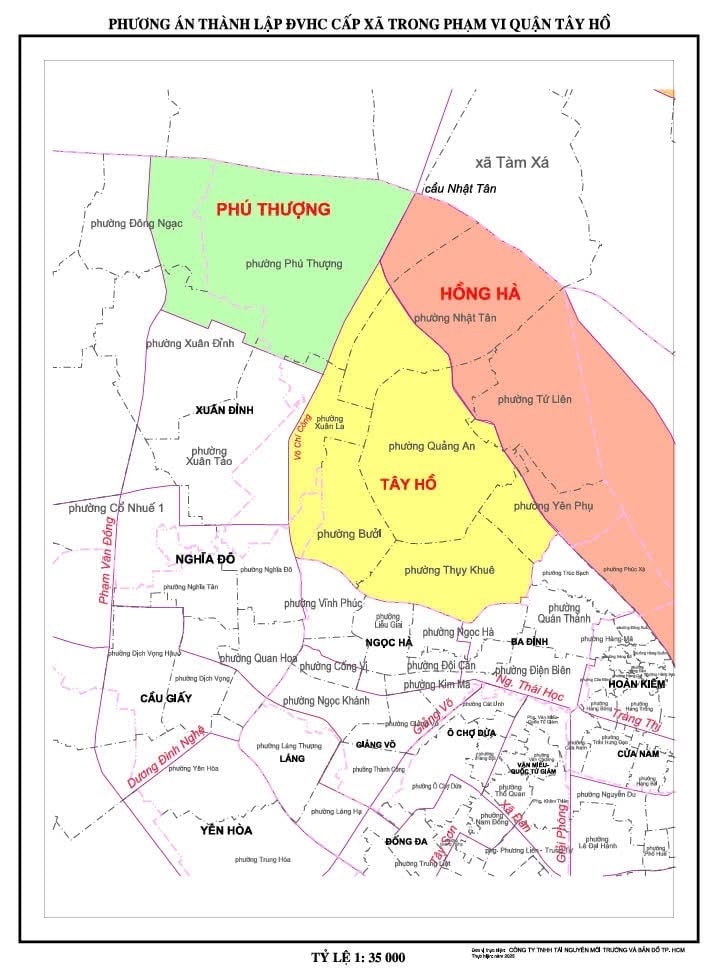
Convincing and popular solution
Based on clear and scientific principles and orientations, Hanoi has formed a plan to reorganize 526 wards, communes and towns to form 126 new wards and communes; reducing the number of commune-level administrative units by more than 76%. In the new administrative units, the most populous is Hong Ha ward (126,000 people), and the largest is Ba Vi commune (81.29 km2).
Minh Chau Commune (Ba Vi District) is an isolated administrative unit that has been kept intact, so it has the smallest population (over 6,600 people), while Cua Nam Ward (Hoan Kiem District) has the smallest area with 1.65 km2. In the inner city alone, the ward with the largest area is Long Bien with 19.15 km2.
Overall, the arrangement is not only within each district, county, and town. The city has arranged new basic administrative units closely following the planning, as well as traffic routes and natural boundaries. Through that, the arrangement has completely resolved the "awkward" situation that has existed for many years when "houses in one ward/commune, people in another ward/commune".
Areas or populations located outside the boundaries of roads or bridges are adjusted so that the area and population of the new wards are all located within the belts of traffic routes. For example, in the arrangement plan in Long Bien district, part of the area and population of the two communes of Co Bi and Bat Trang in Gia Lam district have been transferred to the new wards of Phuc Loi and Long Bien.
Another highlight in the plan to arrange Hanoi's basic administrative units is to preserve spaces of important political, military, historical and cultural significance such as Ba Dinh area, Hoan Kiem, Thang Long Imperial Citadel, Co Loa, Son Tay, Temple of Literature - Quoc Tu Giam...
The Old Quarter, which preserves the imprint of the formation of Thang Long - Hanoi with unique relics and architectural complexes, is now located entirely within Hoan Kiem Ward, ensuring unity. The spaces of typical traditional craft villages such as Bat Trang, Van Phuc; large spiritual relic areas such as Huong Pagoda, Hai Ba Trung Temple; large cultural institutions such as the National Sports Complex; urban areas... are also carefully calculated to ensure consistent space, without being divided, affecting management, construction and development.
For West Lake, currently under the management of many wards, after the arrangement, it will be located entirely within the administrative boundaries of West Lake, so it can be said that this arrangement is an opportunity for localities to transform, both overcoming limitations and opening up new development opportunities.
In recent days, Hanoi has been collecting public opinions on the plan to reorganize commune-level administrative units. Most of the plans in 30 districts, towns and cities have been welcomed and agreed by the people with a very high rate. This shows that the ideas and hard work of the city agencies in researching and developing the plan have been well received. Many places such as Tay Ho, Dong Da, Bac Tu Liem and Chuong My districts have even completed the step of approving the plan at the People's Council.
It can be said that Hanoi's determination and strategic vision in arranging grassroots administrative units, associated with geographical and traffic factors... is not only an effective management solution, but also creates new energy for the development of the capital. This also shows a dynamic, creative Hanoi, daring to think, daring to do, always aiming for sustainable development and improving the quality of life for the people.
Source: https://hanoimoi.vn/ha-noi-sap-xep-don-vi-hanh-chinh-cap-xa-tao-khong-gian-phat-trien-moi-700252.html


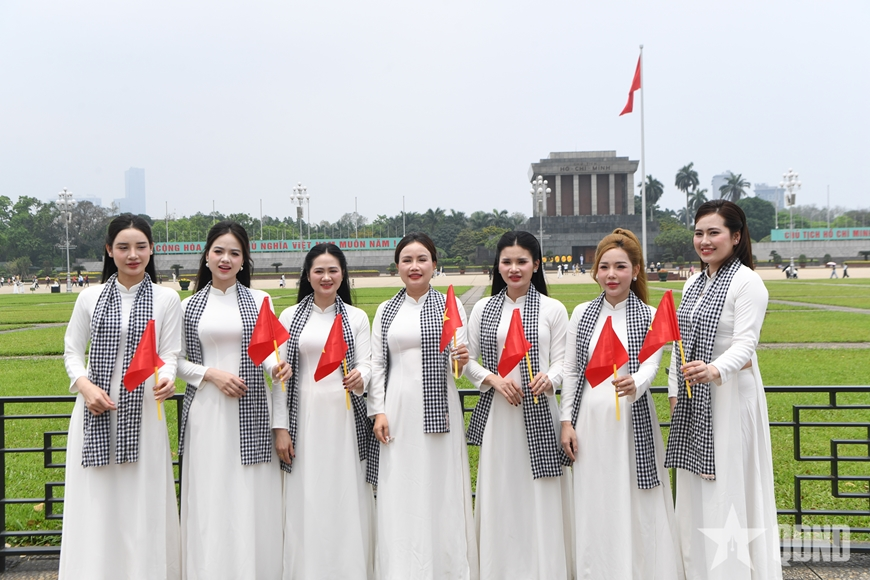
![[Photo] President Luong Cuong holds talks with Lao General Secretary and President Thongloun Sisoulith](https://vstatic.vietnam.vn/vietnam/resource/IMAGE/2025/4/24/98d46f3dbee14bb6bd15dbe2ad5a7338)
![[Photo] President Luong Cuong meets with Lao National Assembly Chairman Xaysomphone Phomvihane](https://vstatic.vietnam.vn/vietnam/resource/IMAGE/2025/4/25/dd9d8c5c3a1640adbc4022e2652c3401)

![[Photo] Liberation of Truong Sa archipelago - A strategic feat in liberating the South and unifying the country](https://vstatic.vietnam.vn/vietnam/resource/IMAGE/2025/4/25/d5d3f0607a6a4156807161f0f7f92362)
![[Photo] General Secretary To Lam receives Philippine Ambassador Meynardo Los Banos Montealegre](https://vstatic.vietnam.vn/vietnam/resource/IMAGE/2025/4/24/6b6762efa7ce44f0b61126a695adf05d)

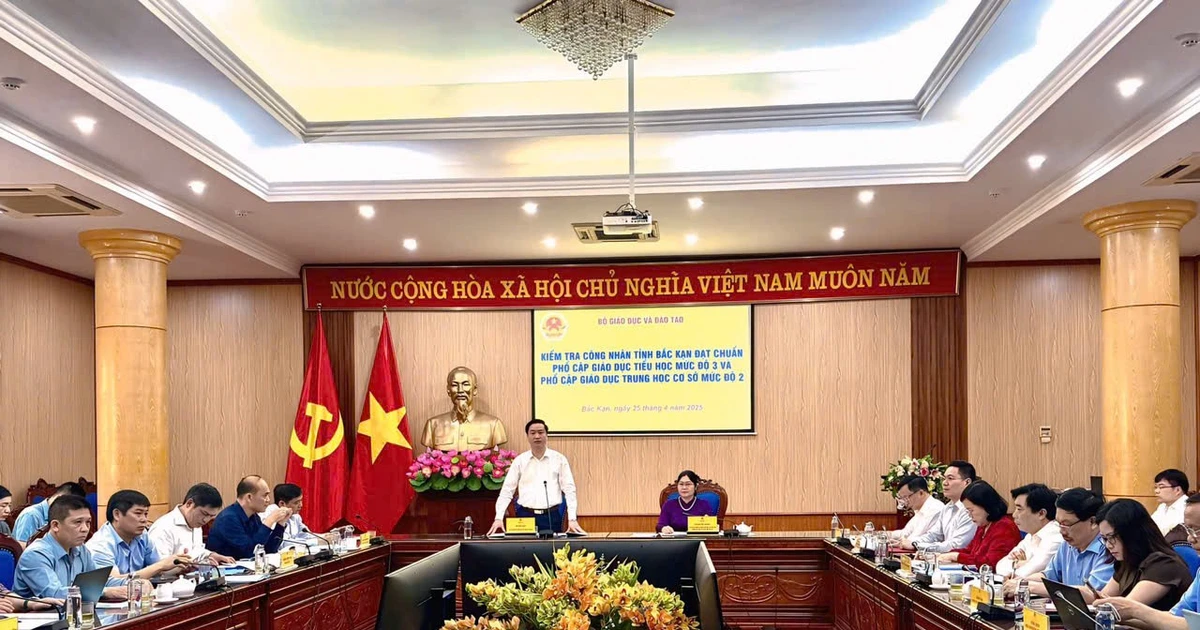




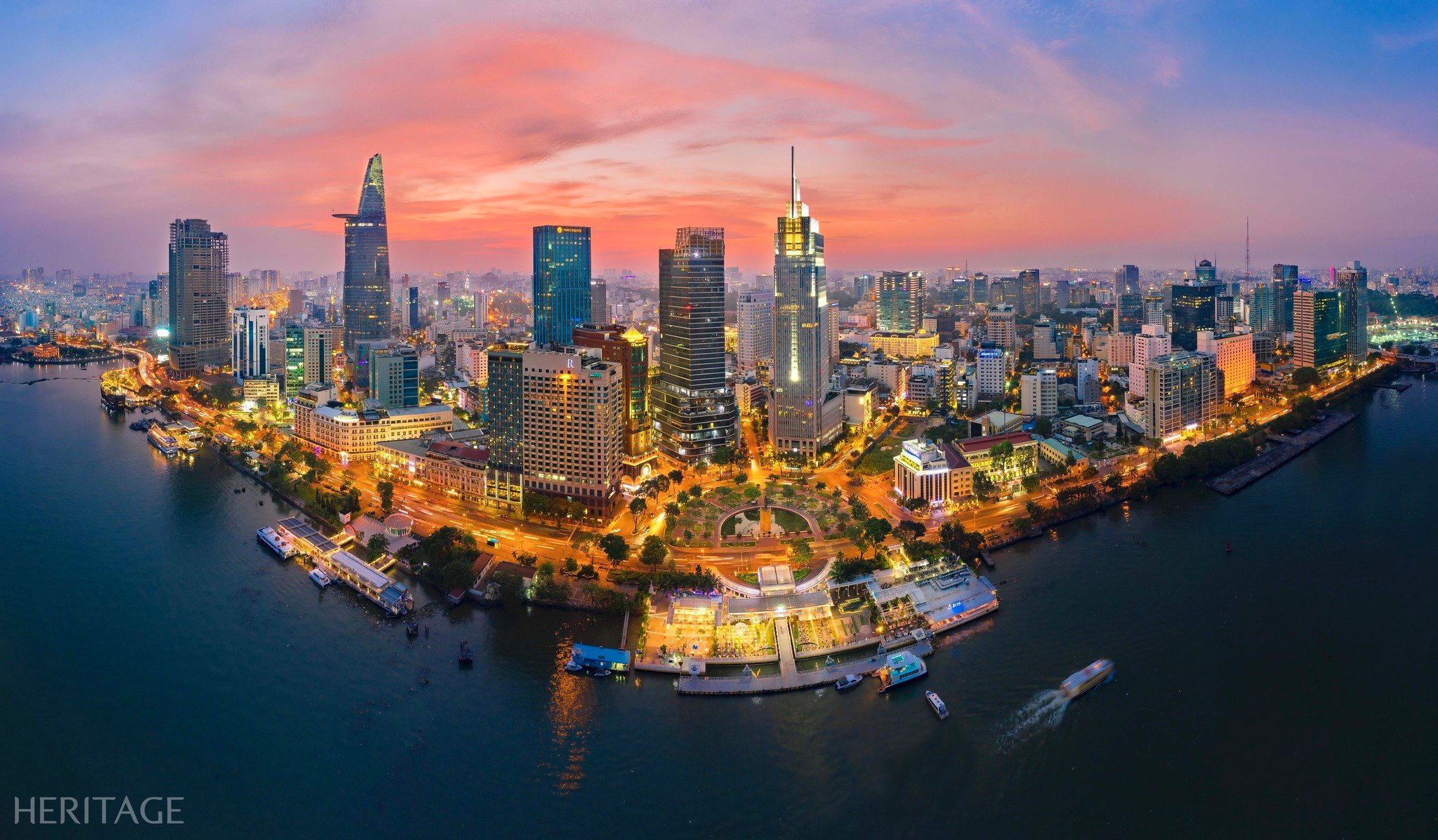





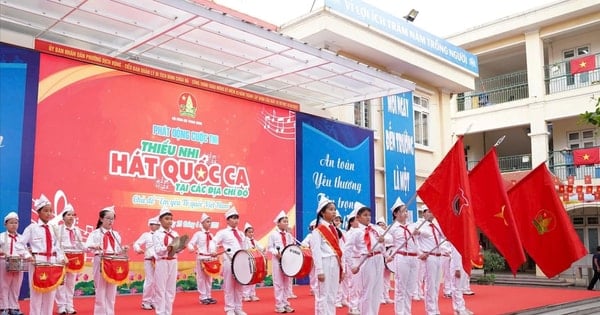


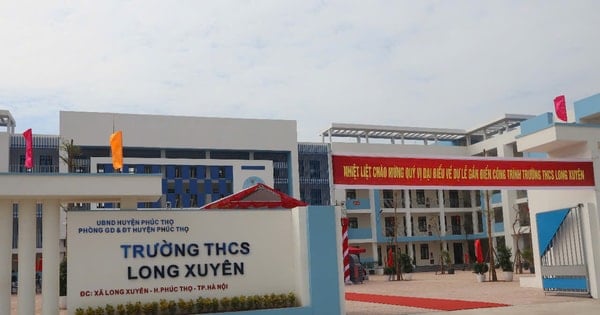
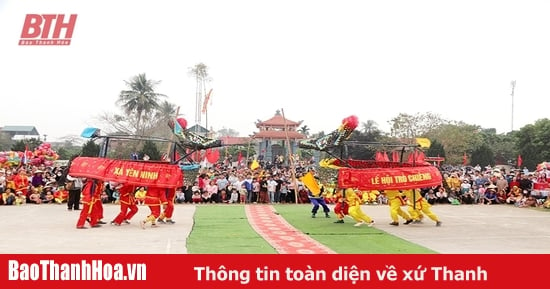




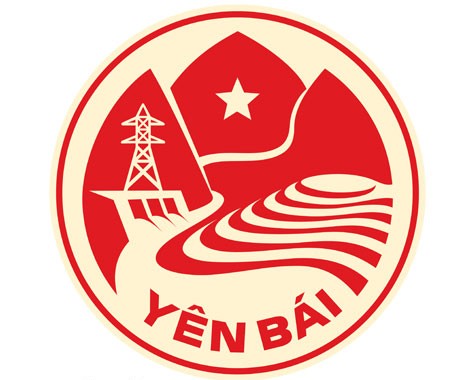


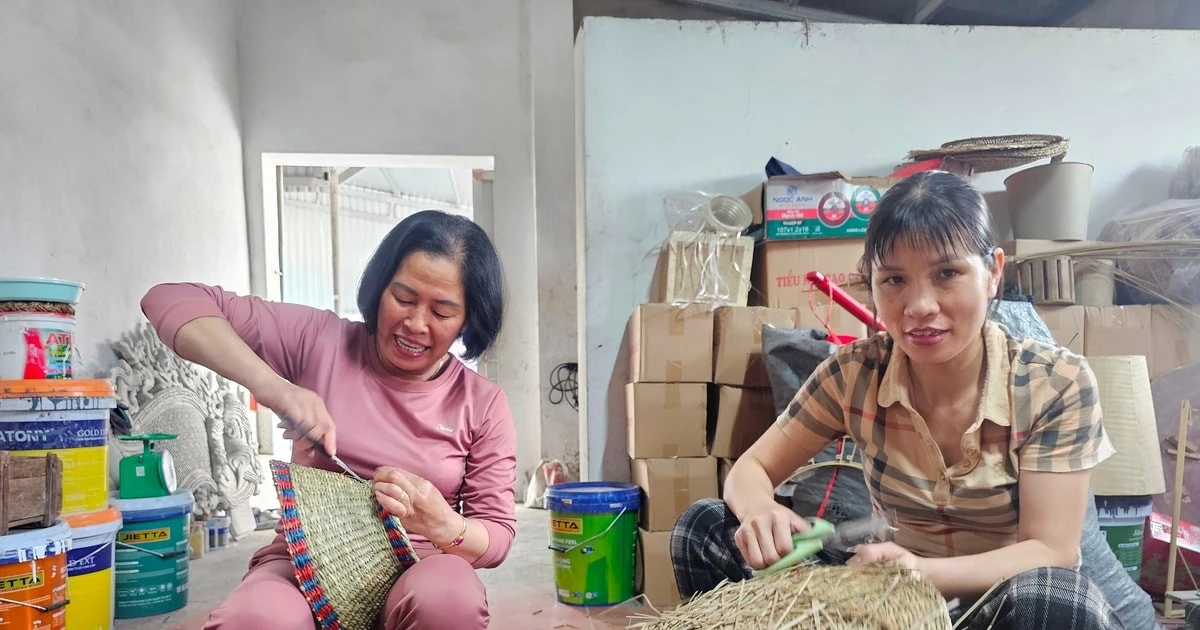













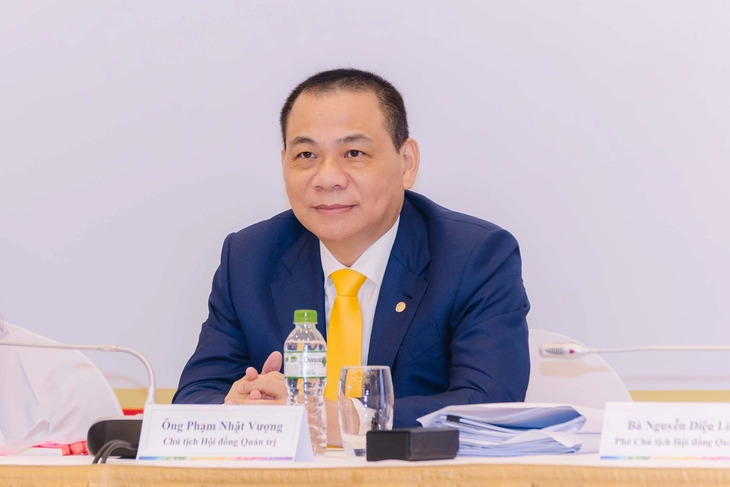





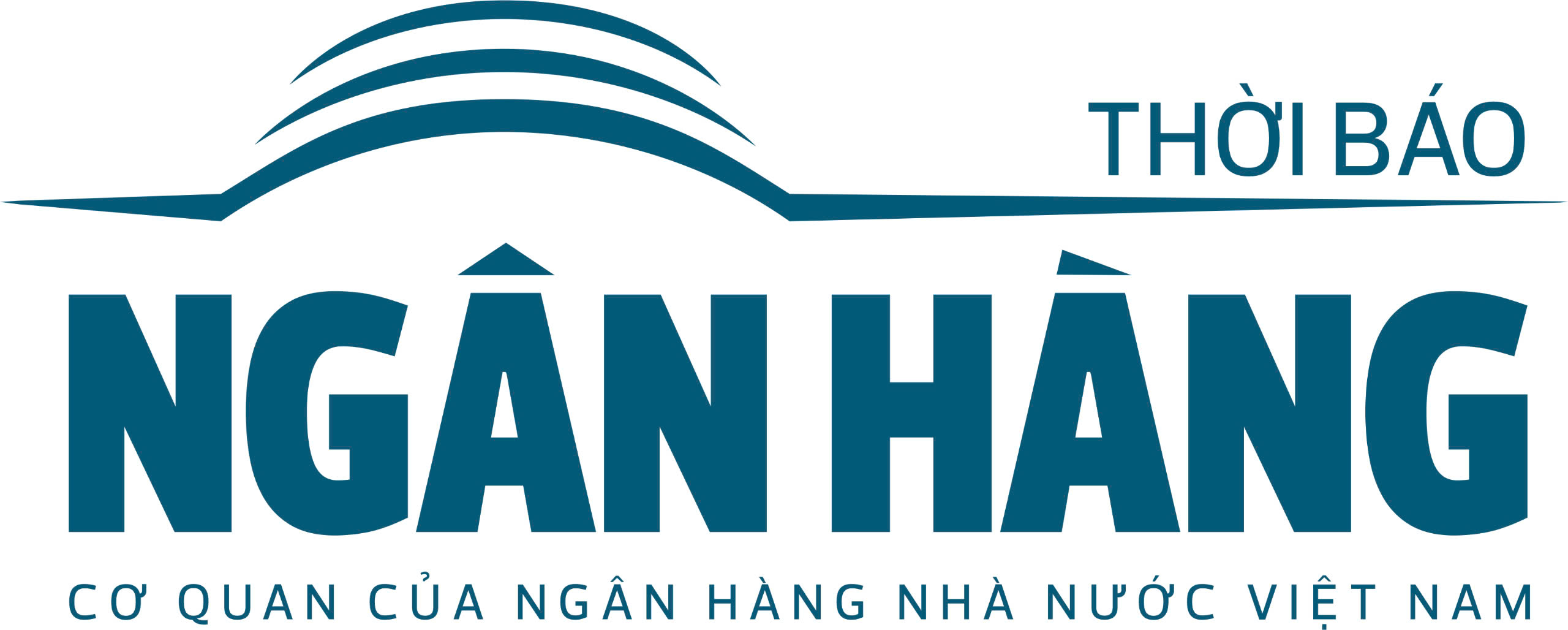
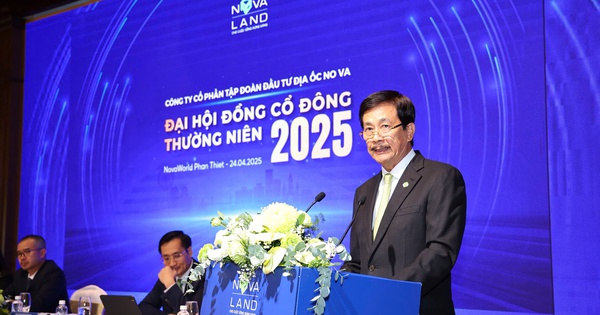
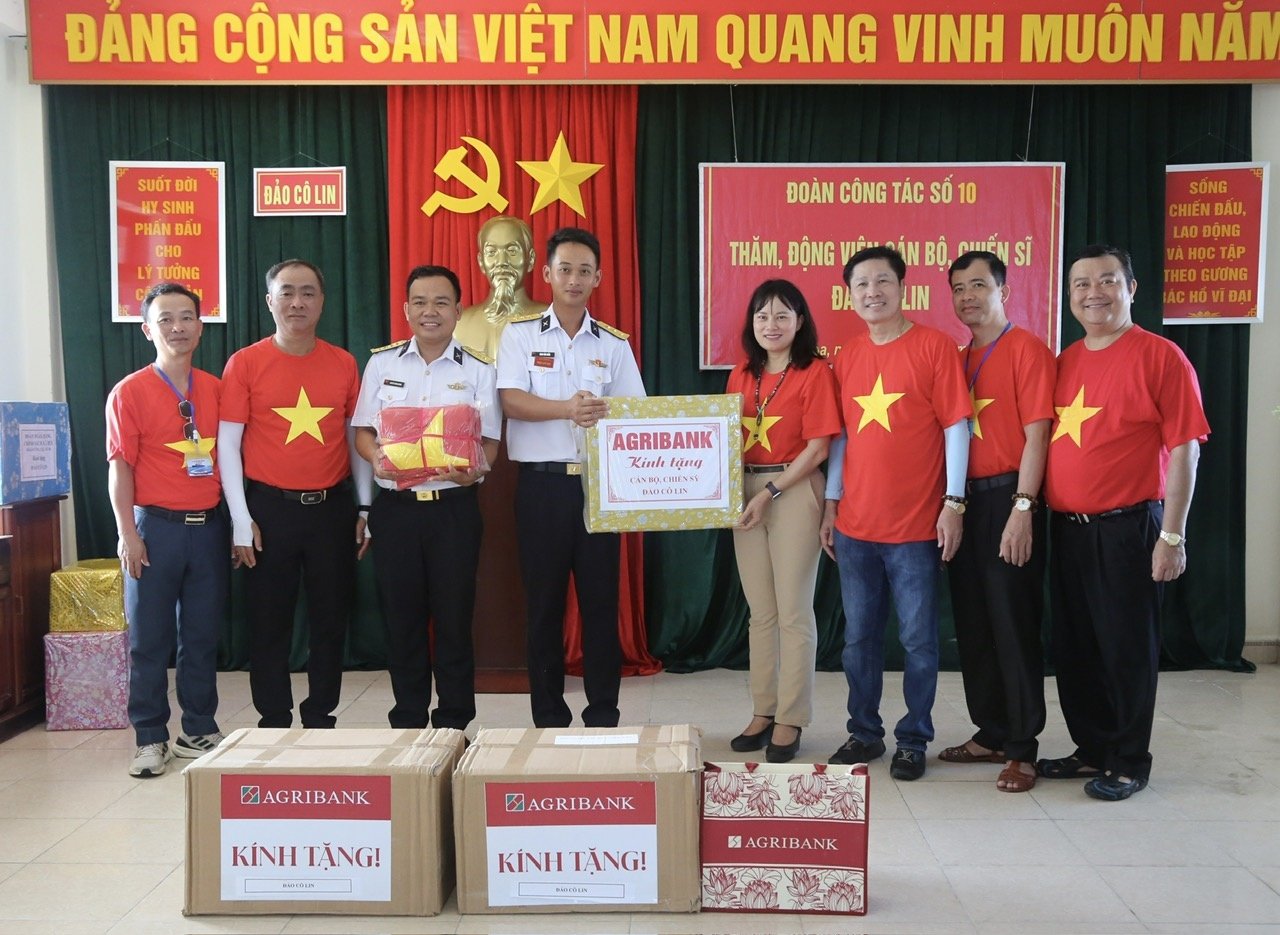




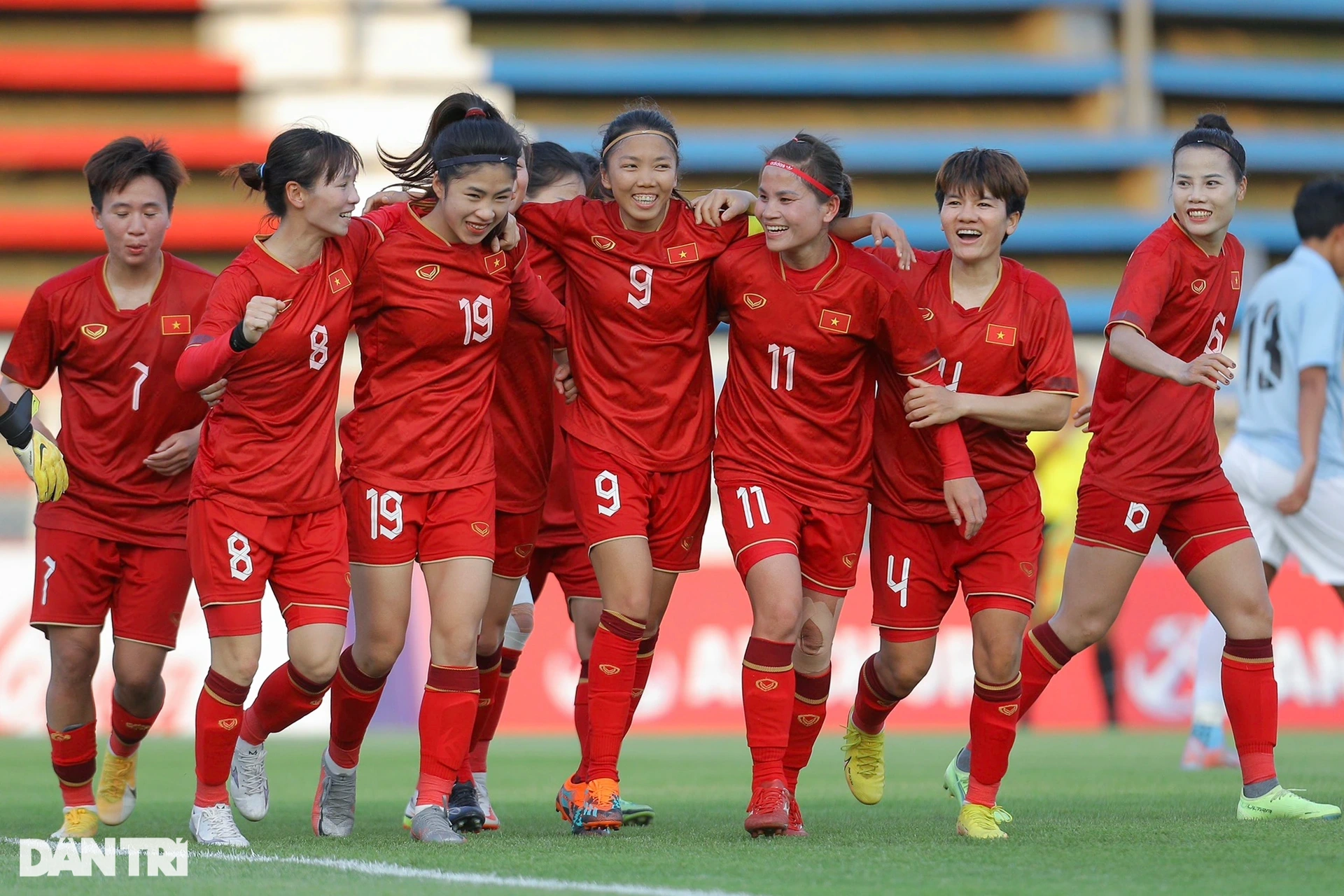



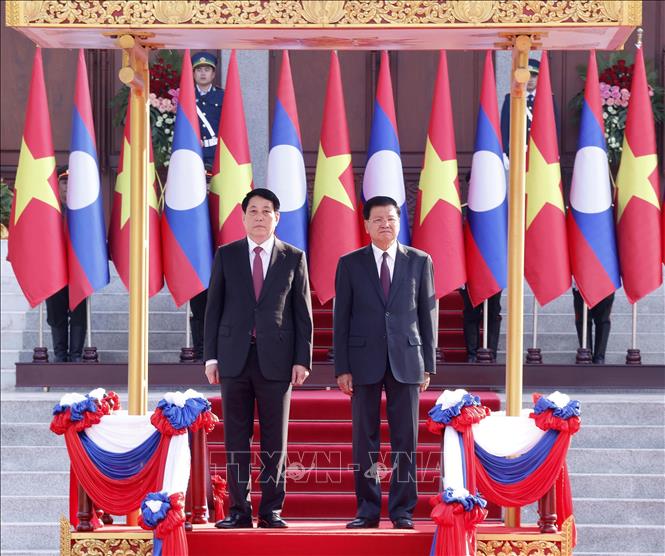
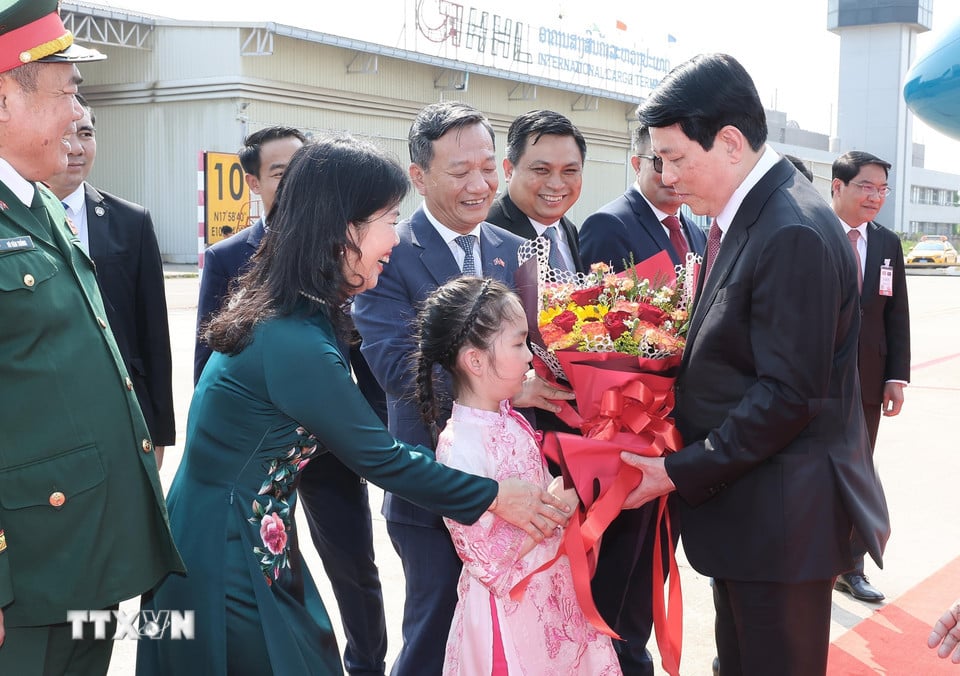
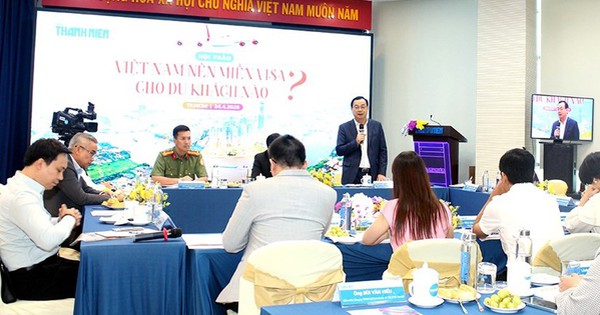

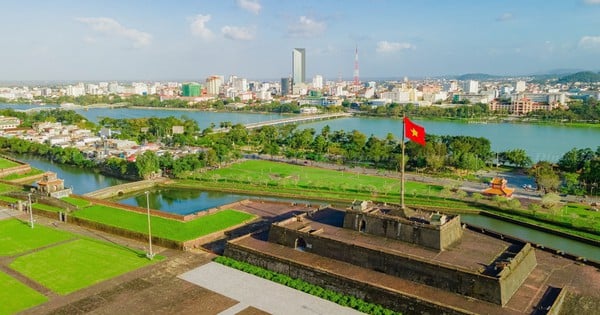
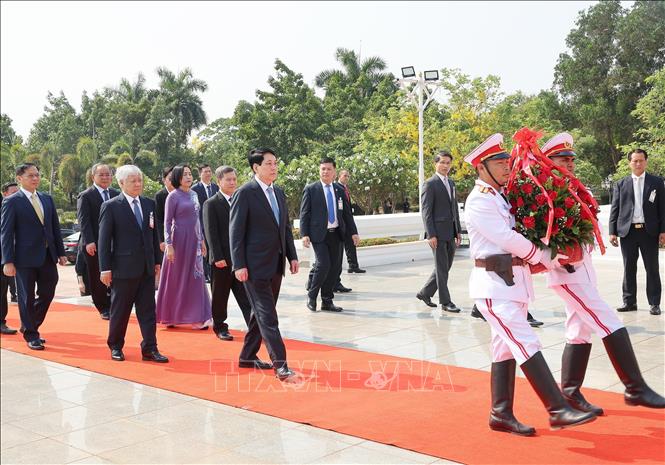

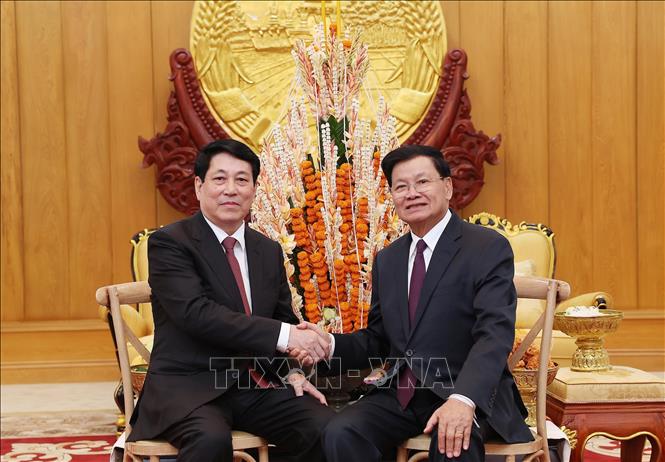

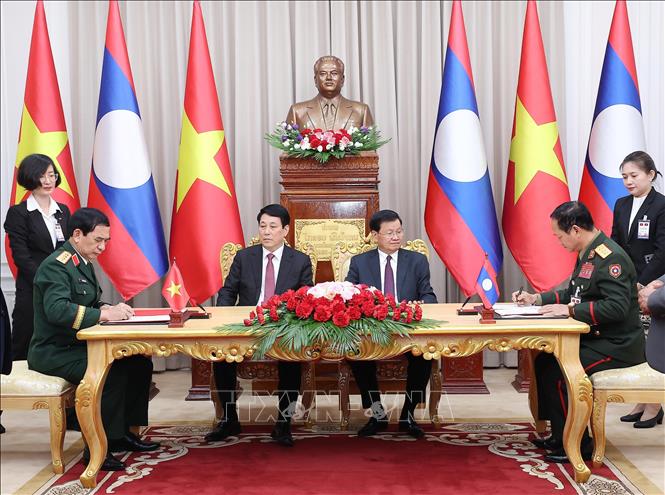


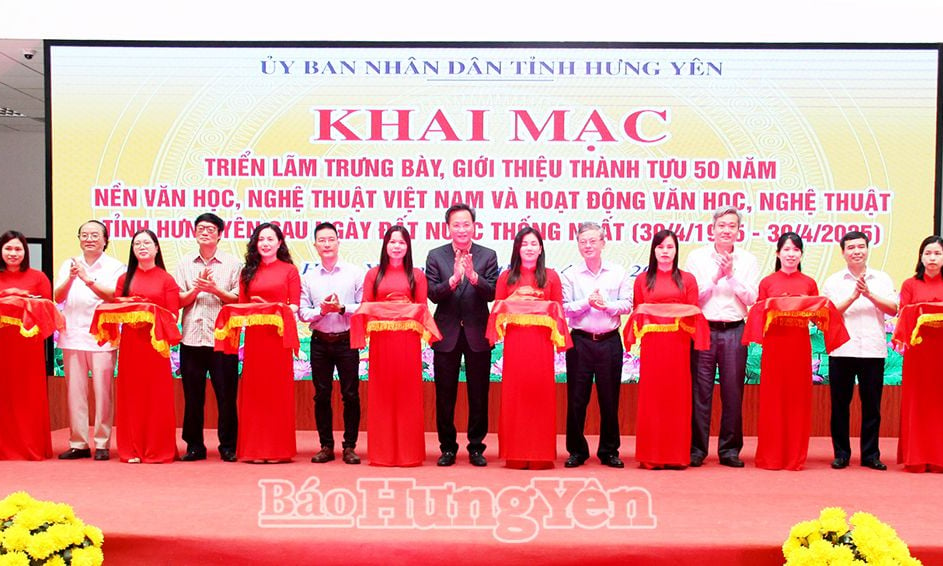




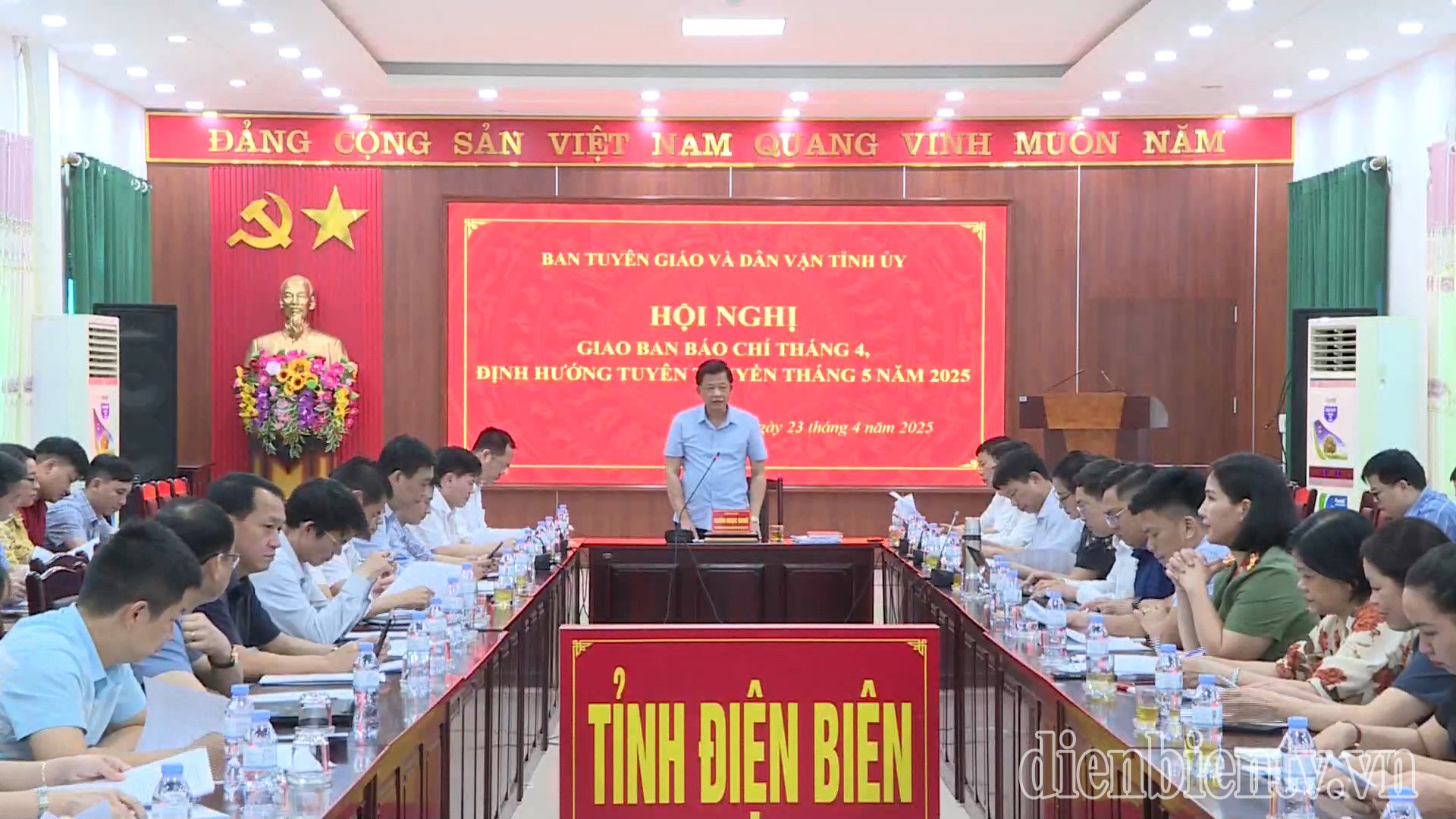







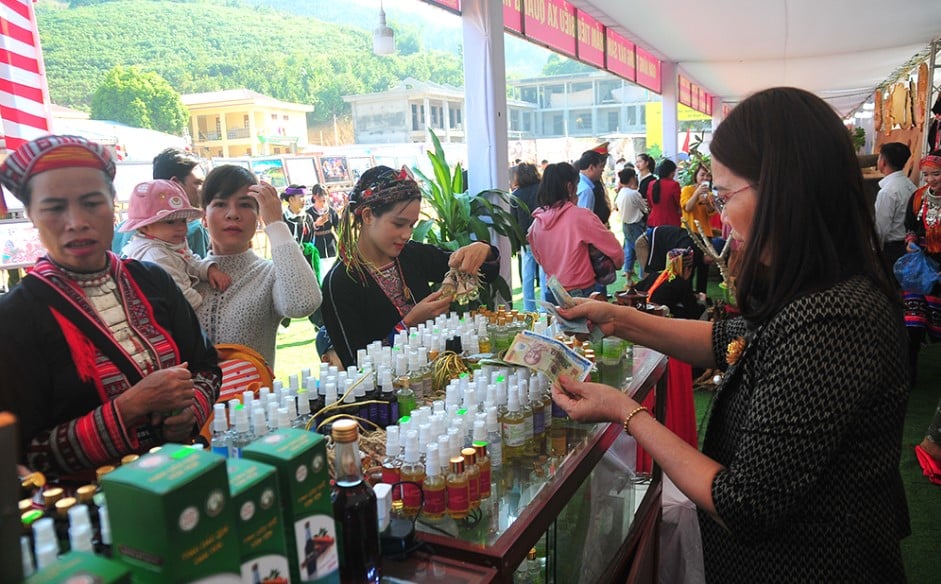

Comment (0)